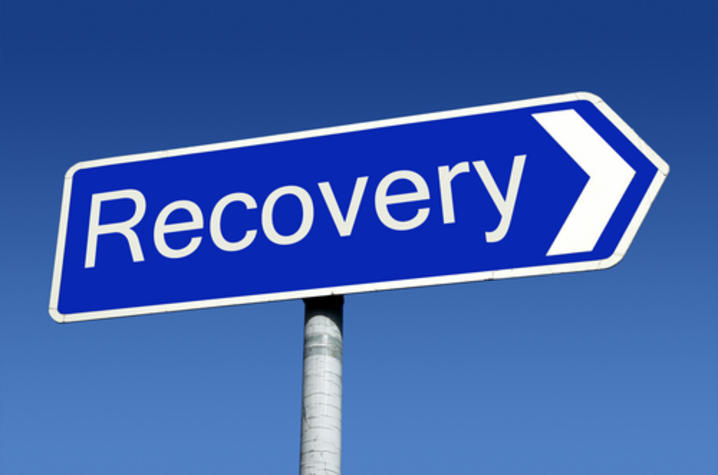UK Study: State Recovery Centers Decrease Substance Abuse, Offer Cost Savings to Kentucky

LEXINGTON, Ky. (March 27, 2012) — Governor Steve Beshear, the Recovery Kentucky Task Force and the University of Kentucky Center on Drug and Alcohol Research (CDAR) have released a new report showing positive outcomes of Recovery Centers coordinated by the Kentucky Housing Corporation. Located throughout the state with half of the 100 bed units for women and half for men, these centers provide long-term residential support to individuals in recovery from dependence on alcohol and drugs.
The study by CDAR centered around two important policy questions: (1) does participation in a Recovery Center result in increased rates of abstinence from substance abuse, and (2) does participation result in lower costs to state government and to the citizens of Kentucky?
The UK team, led by Robert Walker, assistant professor in the UK College of Medicine Department of Behavioral Science, and his CDAR colleagues, conducted interviews with a random sample of participants about one year after entering a Recovery Center. Among the positive findings are the following:
- The percent of individuals who were abstinent from alcohol increased significantly from 37.5 percent at admission to 93.3percent 12 months later.
- The percent of individuals with abstinence from illicit drugs increased significantly from 23.3 percent at admission to 87.5 percent 12 months later.
- At follow-up, fully 75.1percent had been abstinent from both alcohol and drugs for the past 6 months.
- The number of individuals who reported going to mutual help recovery group meetings -like Alcoholics Anonymous, Narcotics Anonymous or other self-help groups- increased from 45.3 percent at baseline to 81.1 percent at follow-up, representing a 79.1 percent increase.
- The number of individuals who reported being arrested decreased significantly from 71.4 percent at baseline to 11.3 percent at follow-up, which was an 84.1 percent decrease.
- The number of individuals who reported spending time in jail or prison decreased significantly from 74.1 percent at baseline to 11.3 percent at follow-up, which was an 84.9 percent decrease.
In addition, the report found cost savings associated with participation in a Recovery Center. The study utilized two major Federal studies of the cost of alcoholism and drug abuse on the nation to calculate and factor in the costs of users before and after participation in recovery services. Typically, substance-dependent individuals who are active users incur costs to society through lost employment, absenteeism, accidents, crime and health problems. Abstinence from substance abuse is associated with greatly reduced costs to society. Two major findings were:
- Data from this sample of individuals participating in Recovery Centers suggest that for every dollar spent on recovery services, there was a $2.92 return in avoided costs.
- In addition, there was a 93 percent reduction in victim cost of crimes from baseline to follow-up and a 94 percent reduction in incarceration for individuals in the sample.
Lastly, individuals participating had high satisfaction with the programs with individuals rating their overall experience an average of 8.7 on a scale from one to 10, with 10 representing the best possible experience.
These preliminary findings suggest that the behavioral outcomes and cost savings from recovery services are parallel to the outcomes from substance abuse treatment. The fact that Recovery Centers focus on individuals needing longer term residential support means that they add an important new component to the array of publicly supported substance abuse interventions.
State-funded treatment programs typically focus on shorter residential stays and a wide array of outpatient services. Recovery Centers complement these services with longer term residential care and provide critical support to the aims of House Bill 463.
MEDIA CONTACT: Allison Elliott, allison.elliott@uky.edu




